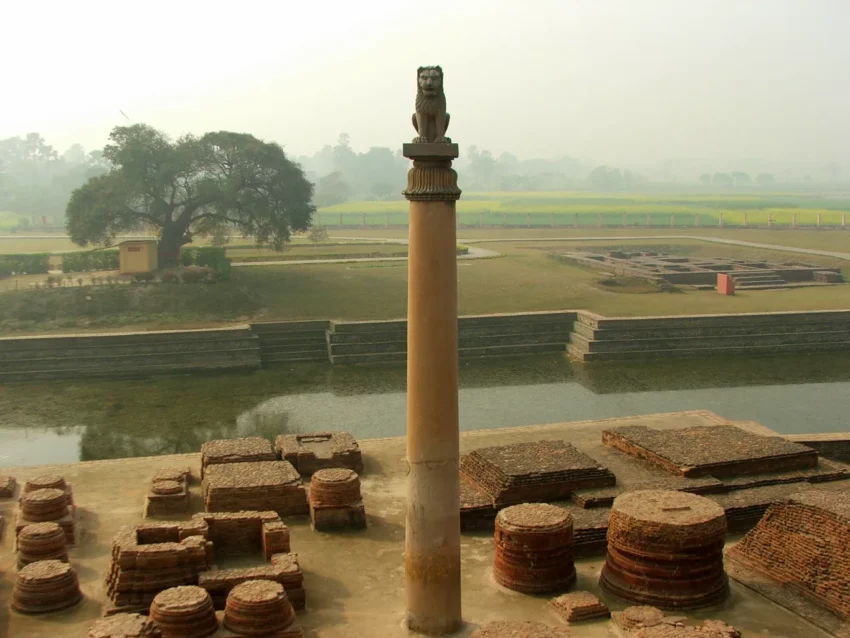The Pillars of Ashoka: Monuments of Ancient India
The pillars of Ashoka are a series of monumental columns dispersed throughout the Indian subcontinent. These were erected by Ashoka the Great, the third Mauryan Emperor, who reigned from around 268 to 232 BC. Ashoka referred to his pillars as “Dhaṃma thaṃbhā,” meaning “pillars of the Dharma.” These pillars represent significant landmarks in Indian architecture, many showcasing the unique Mauryan polish.
Get your dose of History via Email
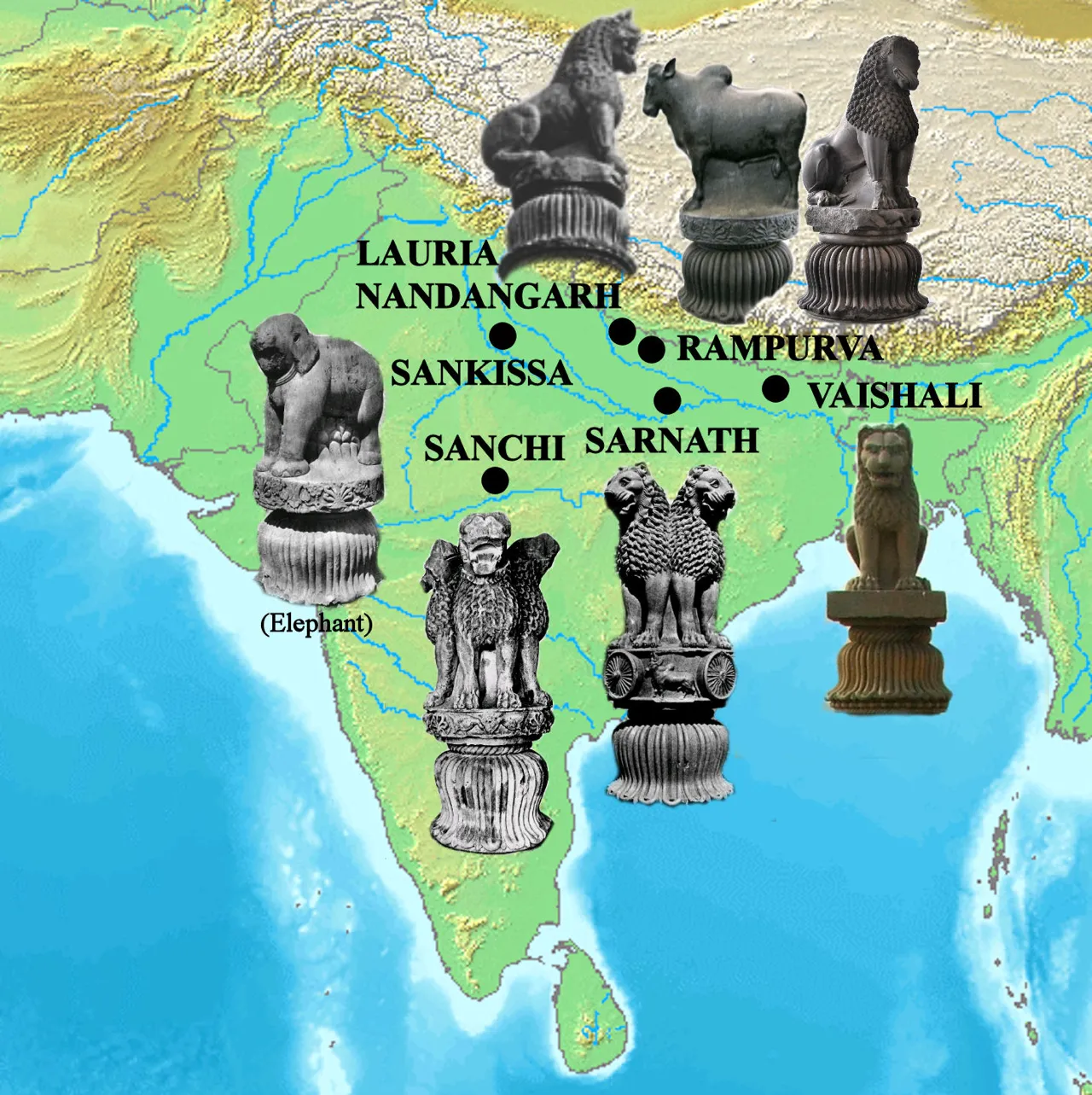
Historical Significance
Out of the many pillars erected by Ashoka, twenty still stand today. Each pillar averages between 40 to 50 feet in height and weighs up to 50 tons. Transporting these massive structures often involved dragging them over vast distances. The pillars’ inscriptions convey Ashoka’s edicts and messages about morality based on Buddhist principles. The most famous of these is the Lion Capital of Ashoka, which was adopted as India’s state emblem in 1950.

Locations and Relocations
Originally, all Ashoka’s pillars were placed at Buddhist monasteries and important sites from Buddha’s life. Major pillars are found in Bihar, Uttar Pradesh, Madhya Pradesh, and parts of Haryana. Some pillars were moved by later rulers, such as Firuz Shah Tughlaq, who relocated two to Delhi. The Mughal rulers also moved several, removing the animal capitals in the process.
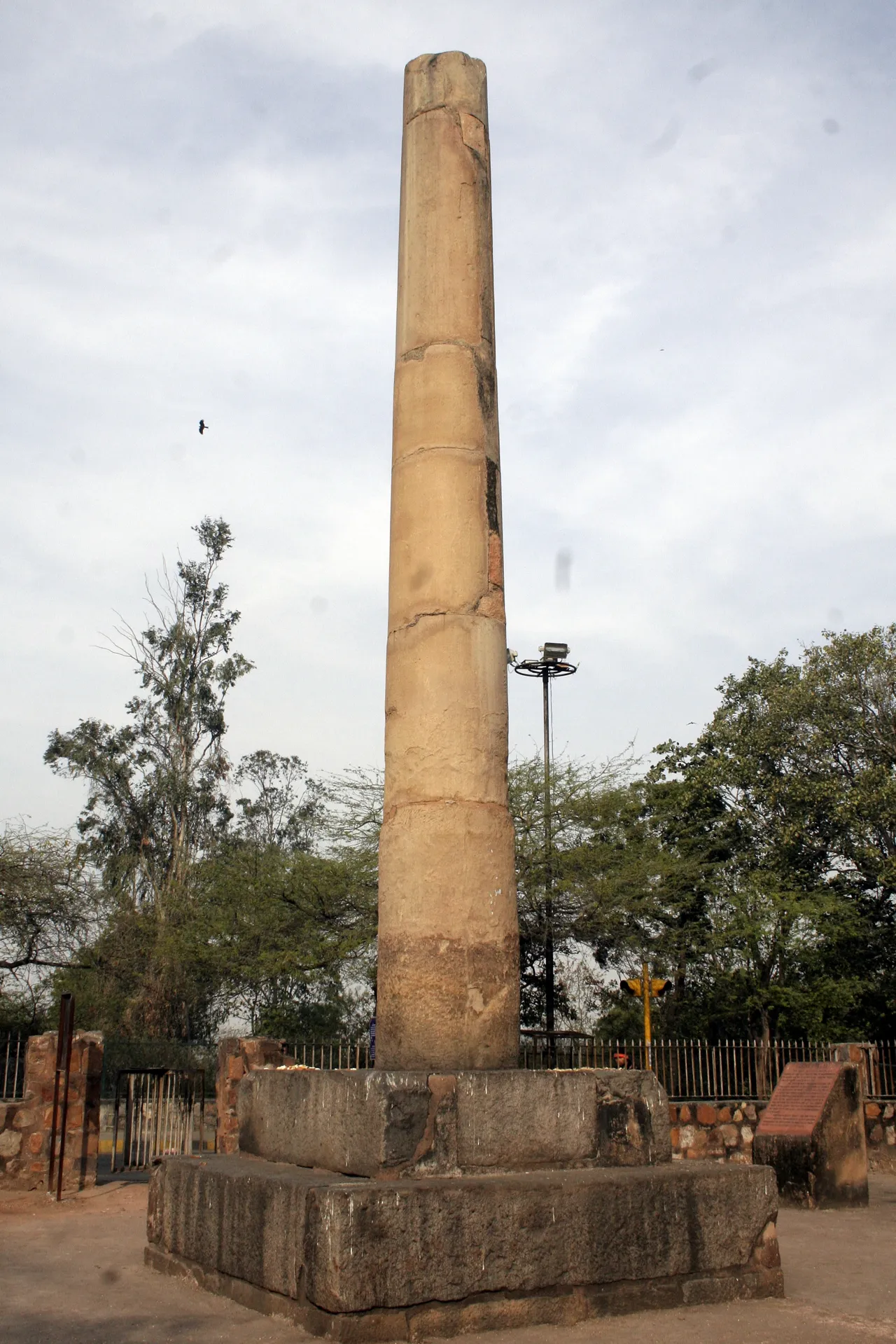
The Artistic Influence
Ashoka’s pillars are among the earliest stone sculptures in India. Before the 3rd century BC, wood was the primary material for Indian architecture. The use of stone possibly followed interactions with the Persians and Greeks. The uniform style of the pillar capitals suggests they were sculpted by craftsmen from a specific region. Stone from Mathura and Chunar was transported to various sites, where skilled artisans carved them.
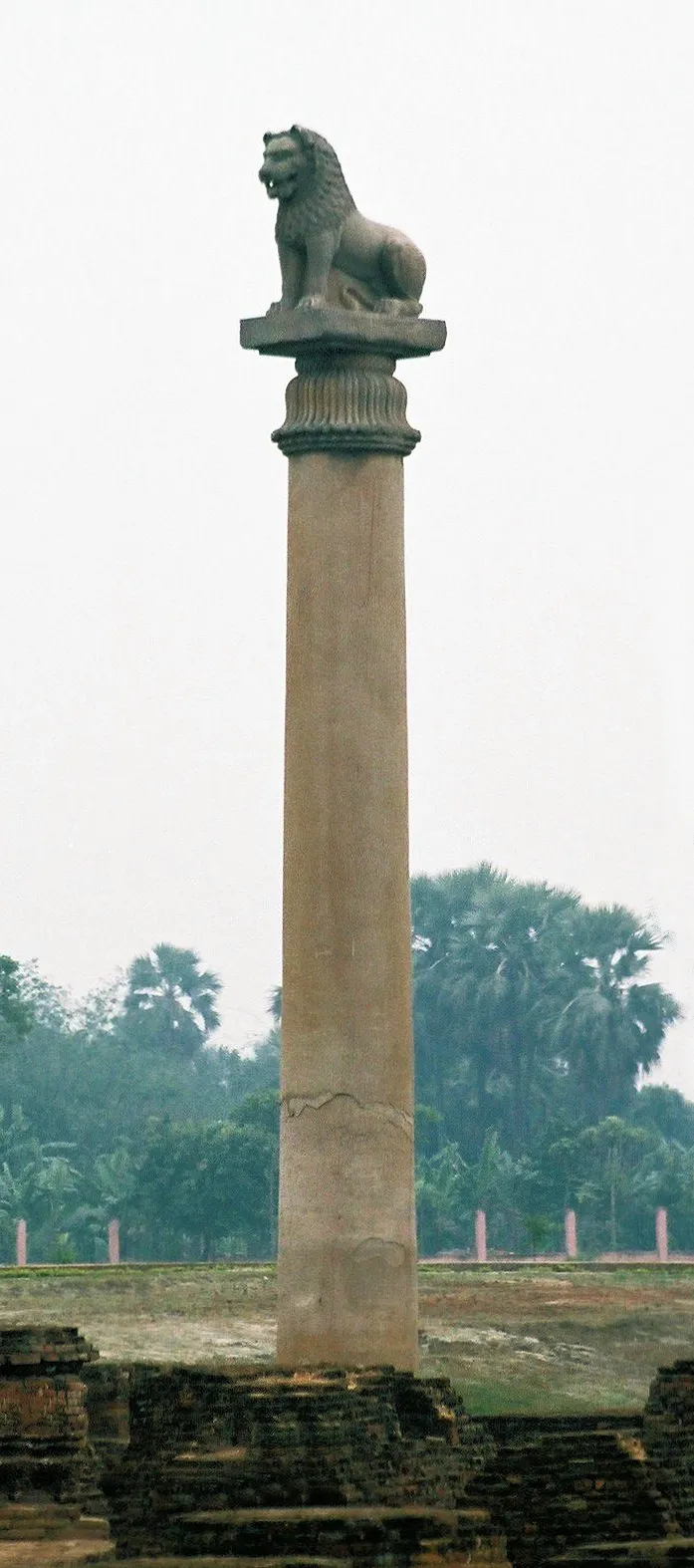
Construction Details
The pillars consist of four parts in two pieces. The capitals, often made from different stone than the shafts, include three sections carved from a single stone piece. The shafts are plain, smooth, and slightly taper upwards. These were always chiselled from a single stone piece. The bases are bell-shaped with lotus petal designs. The abaci come in two types: square and plain, or circular and decorated. The crowning animals, masterpieces of Mauryan art, are either seated or standing, always chiselled as single pieces.
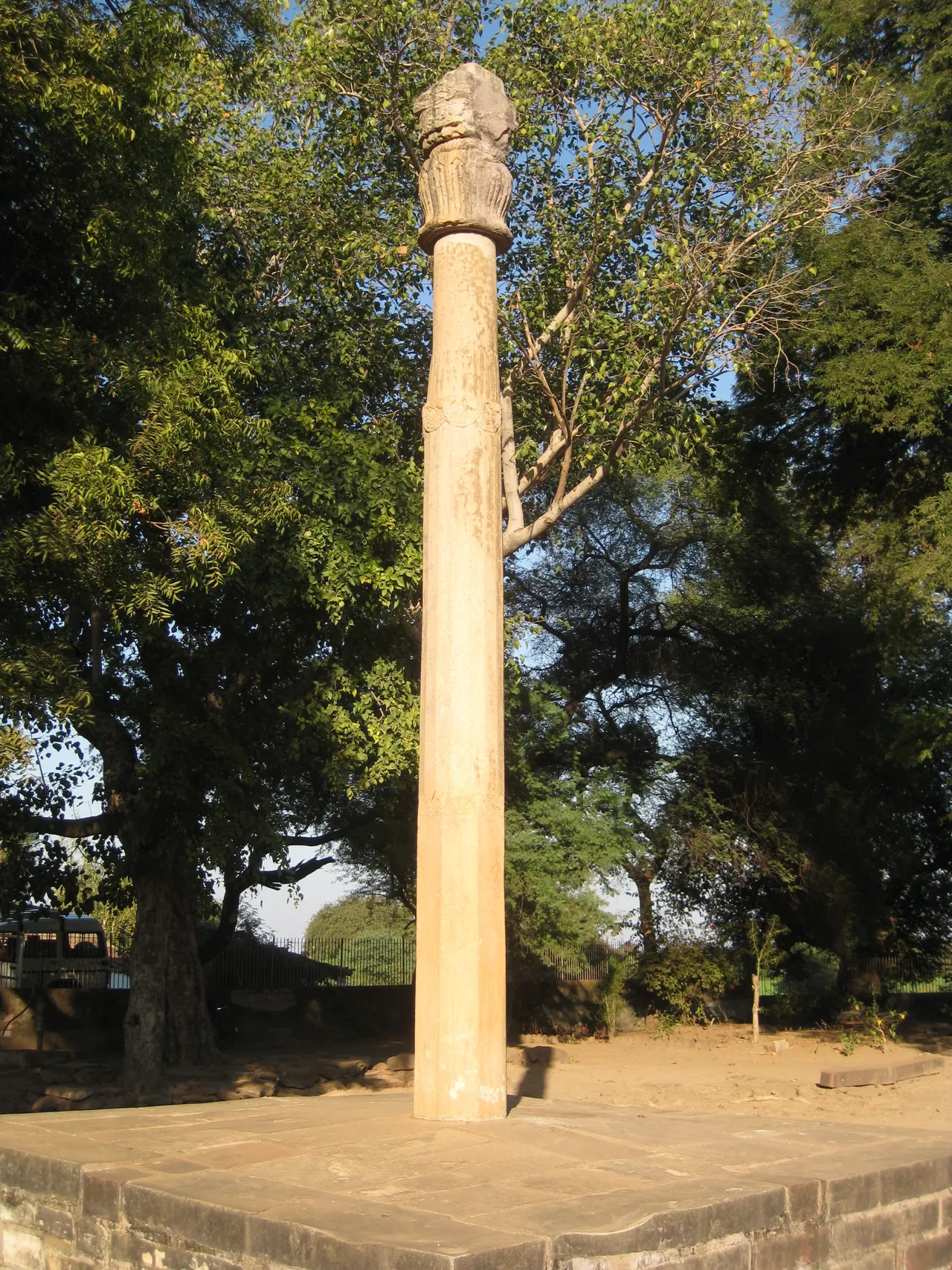
Cultural and Religious Significance
Ashoka’s conversion to Buddhism marked a significant shift in his reign. Initially a tyrant, he transformed after the Kalinga war, where many lives were lost. His remorse led him to embrace Buddhism and promote its teachings. The pillars, inscribed with his edicts, aimed to spread moral and ethical guidelines.
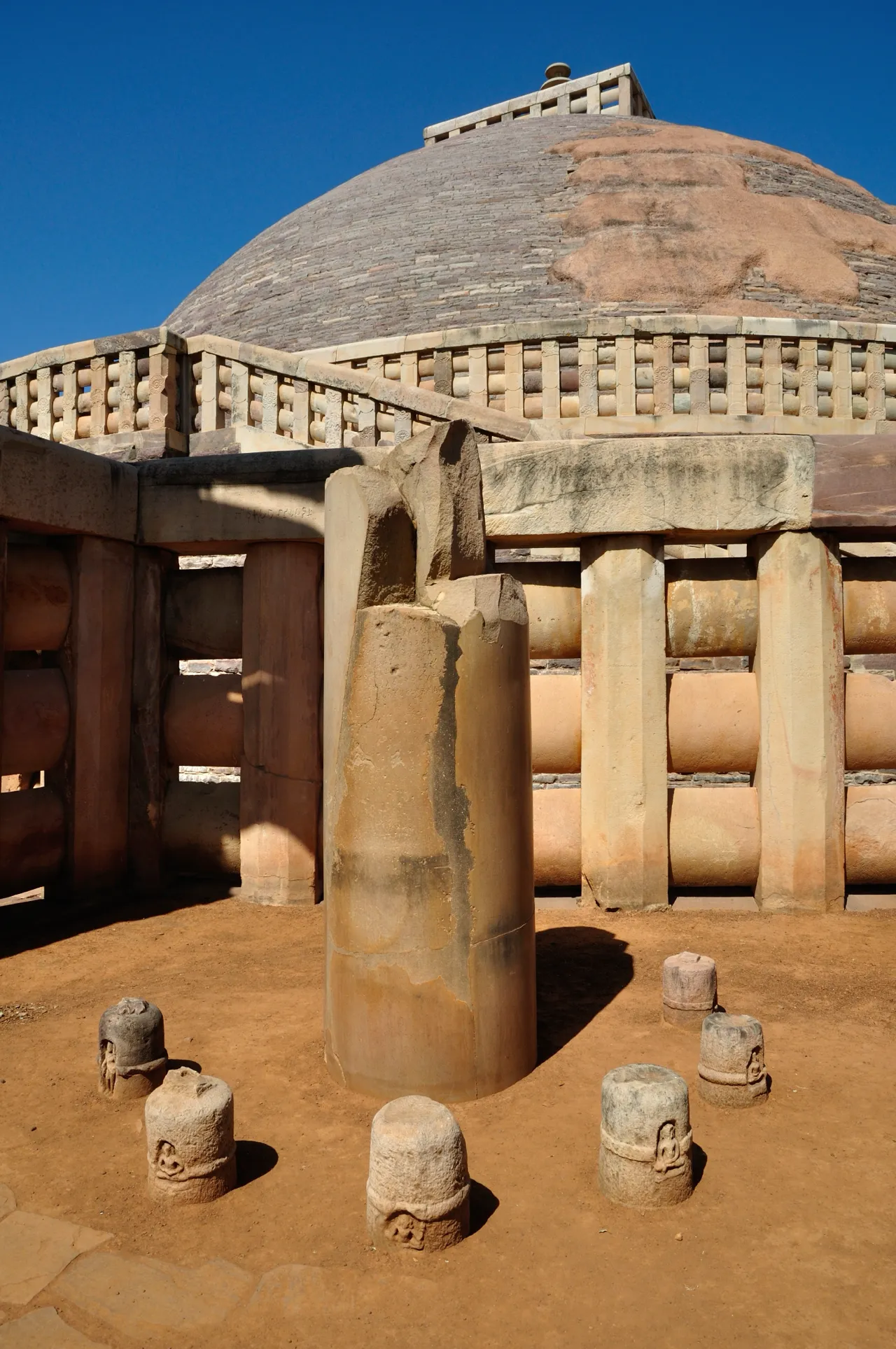
Architectural Inspiration
The pillars show influences from Persian and Greek art. Some designs resemble the columns of Persepolis and Greek motifs like bead and reel patterns. However, they also have unique features. Unlike segmented Persian columns, Ashoka’s pillars are monolithic. Their smooth shafts contrast with the fluted shafts of Persian columns.

Pillar Components and Craftsmanship
The capitals and animals atop the pillars are artistic masterpieces. The animal sculptures, particularly the lions, exhibit stylistic similarities to Assyrian art. Floral designs, like those on the Allahabad pillar, resemble friezes from ancient Greece. Despite these influences, the pillars represent a significant leap from wood to stone in Indian architecture.
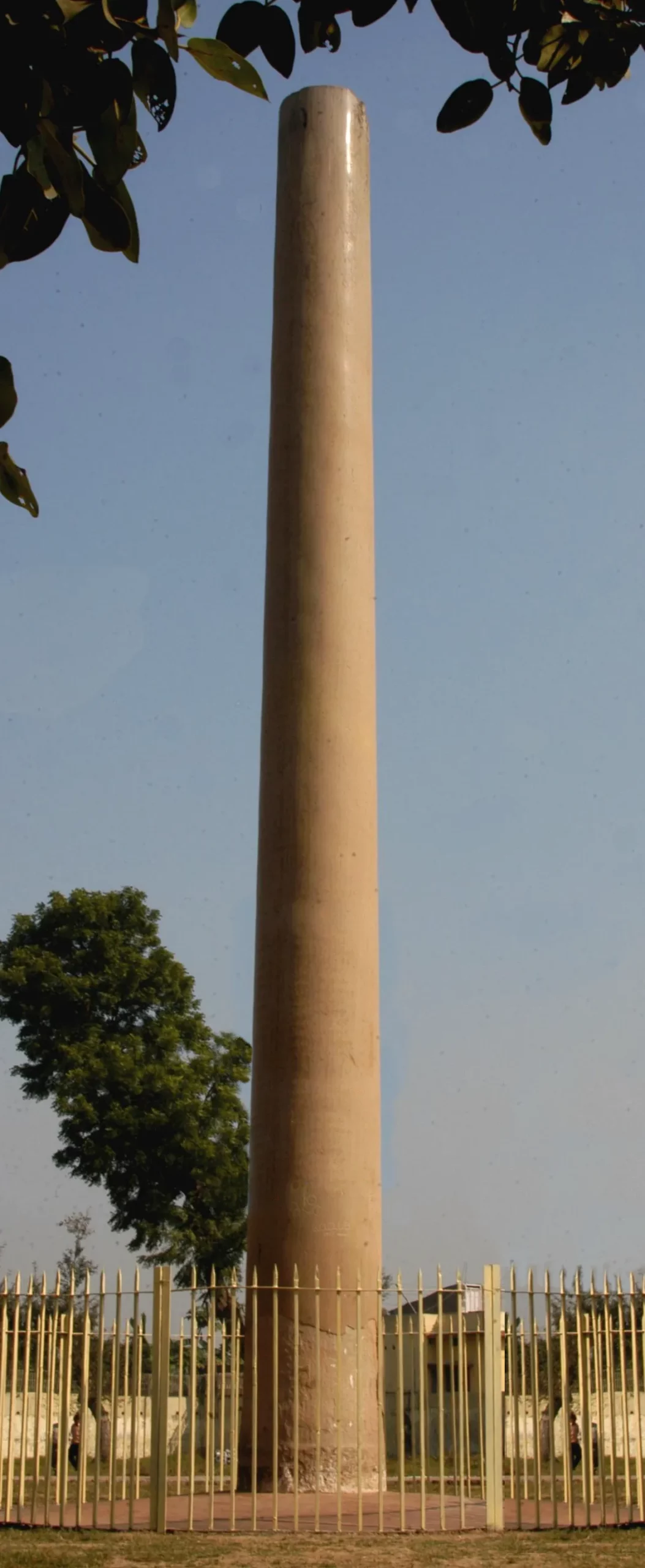
Conclusion
The pillars of Ashoka are not just architectural marvels but also symbols of a transformative period in Indian history. They reflect the spread of Buddhism, the artistic prowess of the Mauryan empire, and the cultural exchanges between ancient India and its neighboring civilizations. Today, they stand as testaments to Ashoka’s legacy and India’s rich historical heritage.
Sources:

